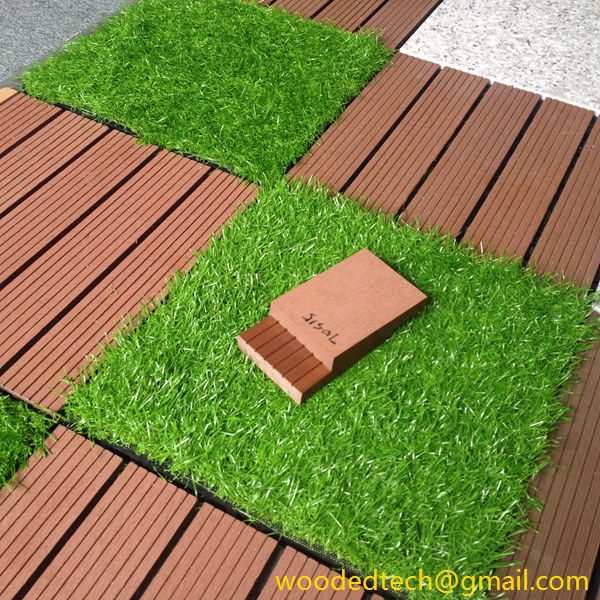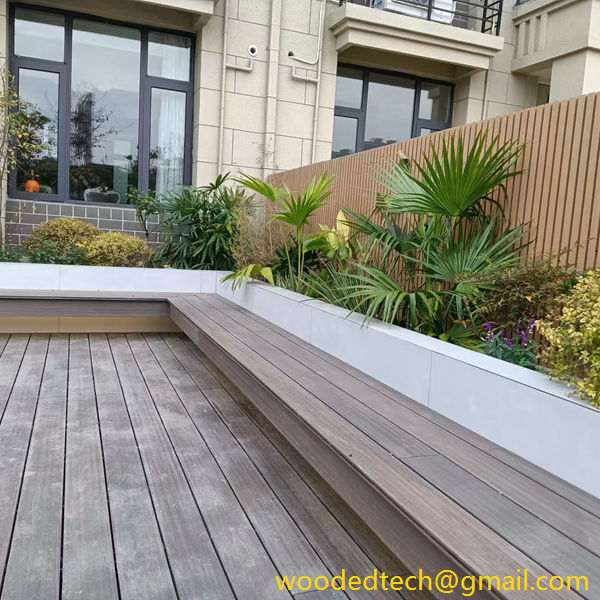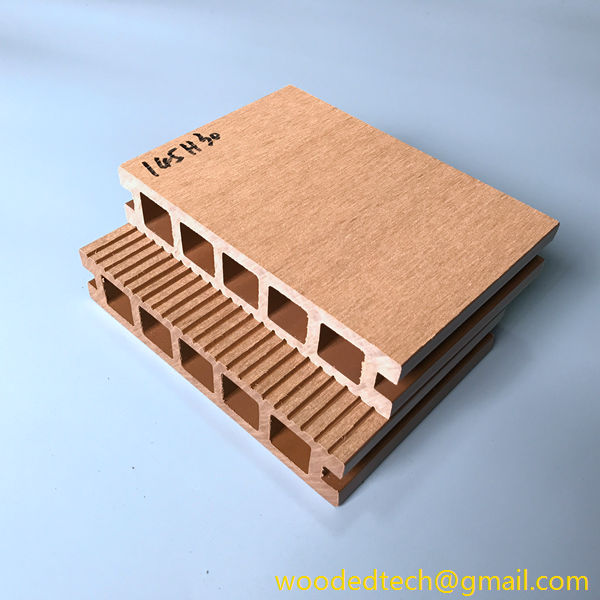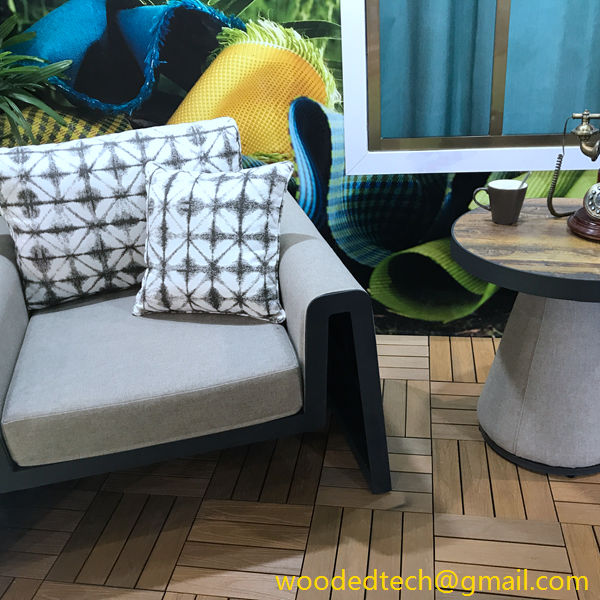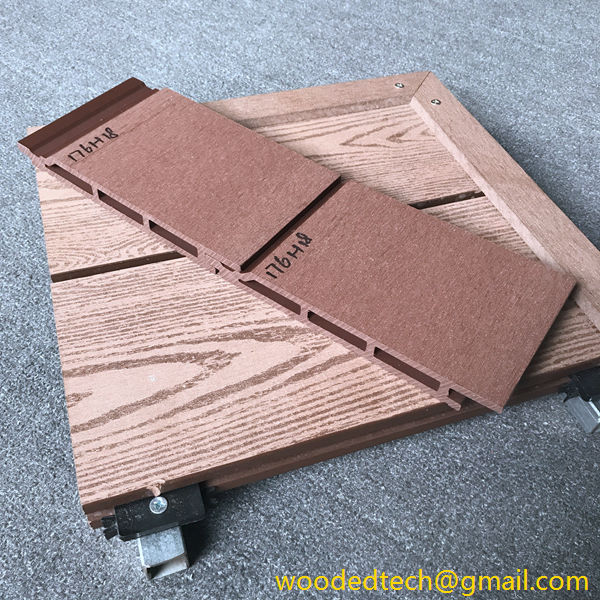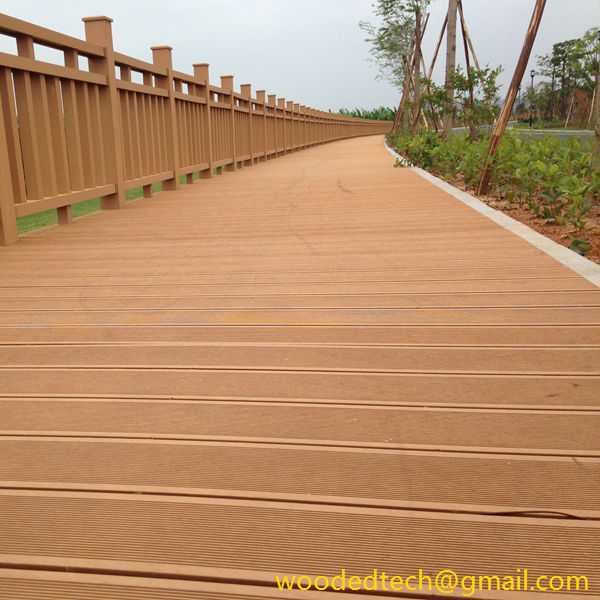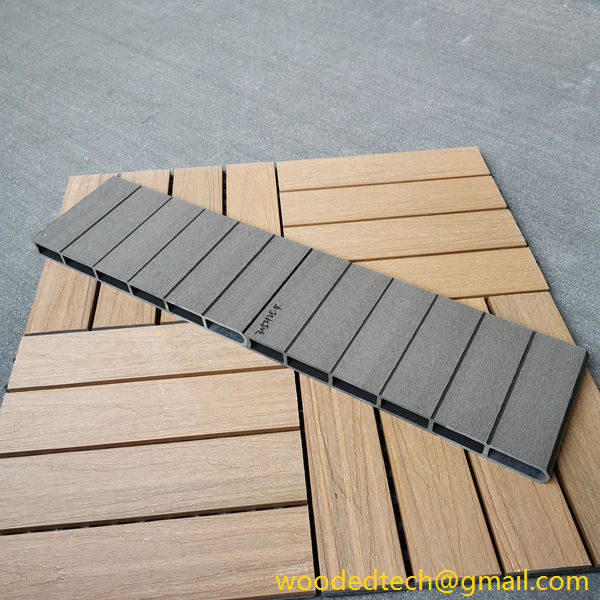WPC Panel Wood for Natural Aesthetics
Wood Plastic Composite (WPC) panels have emerged as a popular alternative in the construction and design industries, particularly for applications that require natural aesthetics. These panels combine the warmth and beauty of wood with the durability and versatility of plastic, resulting in a material that not only looks appealing but also offers numerous performance benefits.
One of the primary advantages of WPC panels is their aesthetic appeal. The natural look of wood is highly sought after in both residential and commercial applications. WPC panels can be manufactured to mimic the appearance of various wood species, allowing designers and builders to achieve the desired look without the drawbacks associated with traditional wood materials. This capability is particularly beneficial in environments where moisture and temperature fluctuations can lead to warping, cracking, or fading of natural wood.
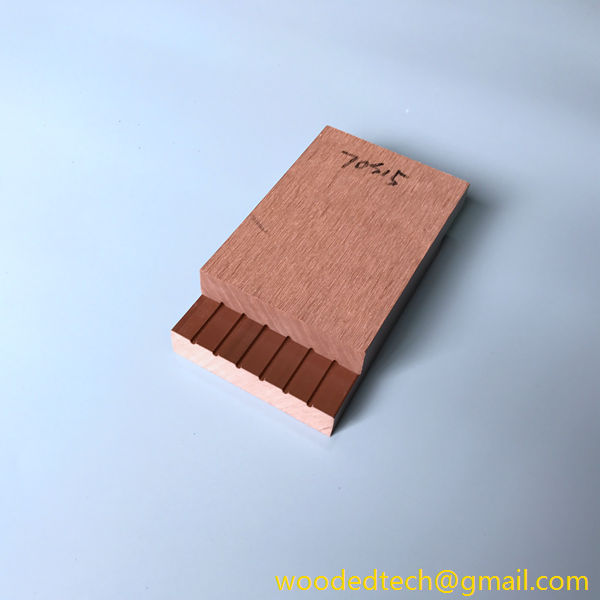
From a performance perspective, WPC panels are engineered to resist some of the common issues that affect traditional wood. For instance, they are highly resistant to moisture, meaning they can be used in areas with high humidity or exposure to water without the risk of deterioration. This makes them an excellent choice for outdoor applications such as decking, fencing, and siding, where they can maintain their visual appeal over time without the need for extensive maintenance.
In addition to moisture resistance, WPC panels are also resistant to pests such as termites and wood-boring insects. This characteristic significantly enhances their longevity and reduces the need for chemical treatments that are often required for traditional wood products. By opting for WPC panels, homeowners and builders can reduce their environmental impact while still achieving an attractive aesthetic.
Another important performance characteristic of WPC panels is their durability. Unlike traditional wood, which can be susceptible to weathering and decay, WPC panels are designed to withstand the elements. They are formulated to resist fading caused by UV exposure, ensuring that the color and finish remain vibrant over time. This durability translates to lower maintenance costs, as WPC panels do not require regular staining or sealing like natural wood does.
The manufacturing process of WPC panels also contributes to their performance attributes. These panels are made from a combination of wood fibers and recycled plastic materials, which not only helps in reducing waste but also enhances their structural integrity. The composite nature of WPC makes it less likely to splinter, which is a common issue with traditional wood. This feature is particularly important in applications where safety is a concern, such as playgrounds or outdoor seating areas.
In terms of thermal performance, WPC panels exhibit favorable insulation properties. They tend to have lower thermal conductivity than traditional wood, which can contribute to energy savings in buildings by helping to maintain indoor temperatures. This characteristic can be particularly advantageous in regions with extreme weather conditions, as it can contribute to a more comfortable indoor environment year-round.
Furthermore, WPC panels are available in a wide range of colors and finishes, providing designers and architects with the flexibility to create customized solutions that fit their specific aesthetic requirements. Whether seeking a sleek modern look or a more rustic appearance, WPC panels can be tailored to meet diverse design preferences while maintaining their performance standards.

The sustainability aspect of WPC panels cannot be overlooked. As they are made from recycled materials, their production helps to reduce the demand for virgin wood, thereby conserving natural resources. Additionally, the longevity and low maintenance needs of WPC panels contribute to a reduced environmental footprint over their lifecycle. This aspect is increasingly important to consumers and businesses alike, as sustainability continues to be a key consideration in material selection.
In conclusion, WPC panels offer a compelling solution for those seeking natural aesthetics without compromising on performance. With their resistance to moisture, pests, and UV damage, along with their durability and low maintenance requirements, WPC panels stand out as a practical choice for various applications. Their ability to mimic the look of traditional wood while providing enhanced longevity and sustainability makes them an attractive option for modern construction and design projects. As the demand for eco-friendly materials continues to grow, WPC panels are likely to play an increasingly significant role in shaping the future of building materials.

